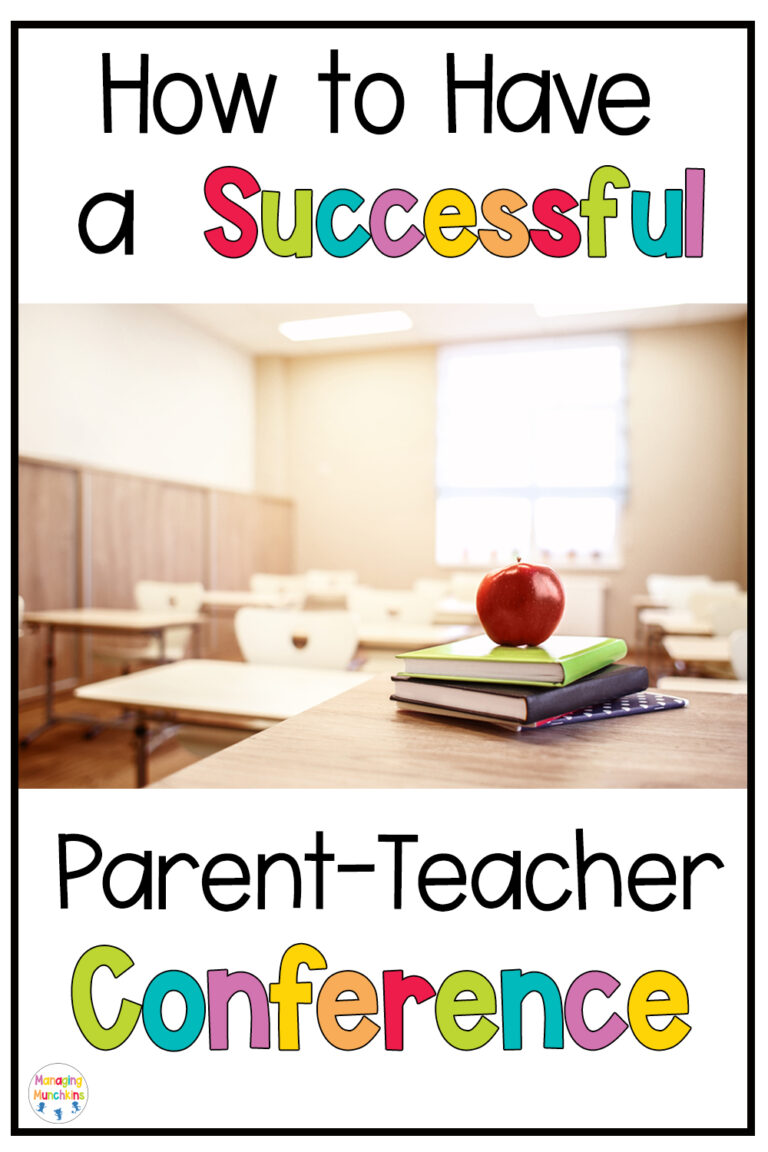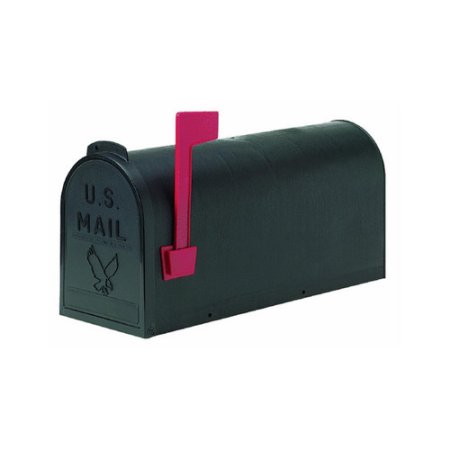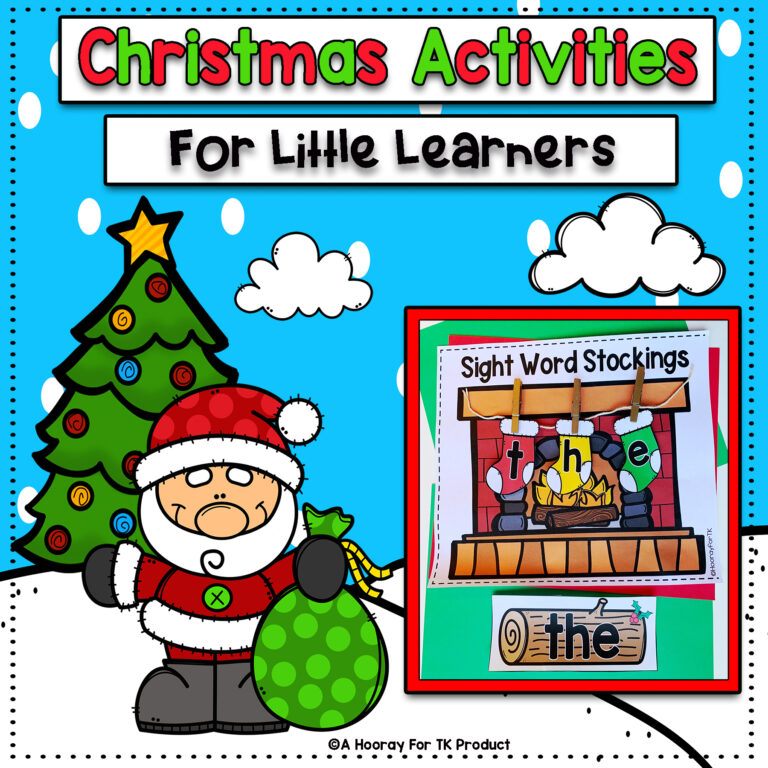The One Unspoken Secret to Managing a Kindergarten Classroom
Hey there, teacher friend! As someone who has worked in a kindergarten classroom, I’m sure you know how challenging it can be to manage a group of excited 5 and 6 year olds! But what if I told you there’s an unspoken secret to managing a kindergarten classroom that can make it easier? And no, it’s not a magic wand (although that would be nice!) And the secret is actually very simple and easy to implement. You can actually start using this secret strategy in your classroom today! Keep reading to find out what it is and how to use it!
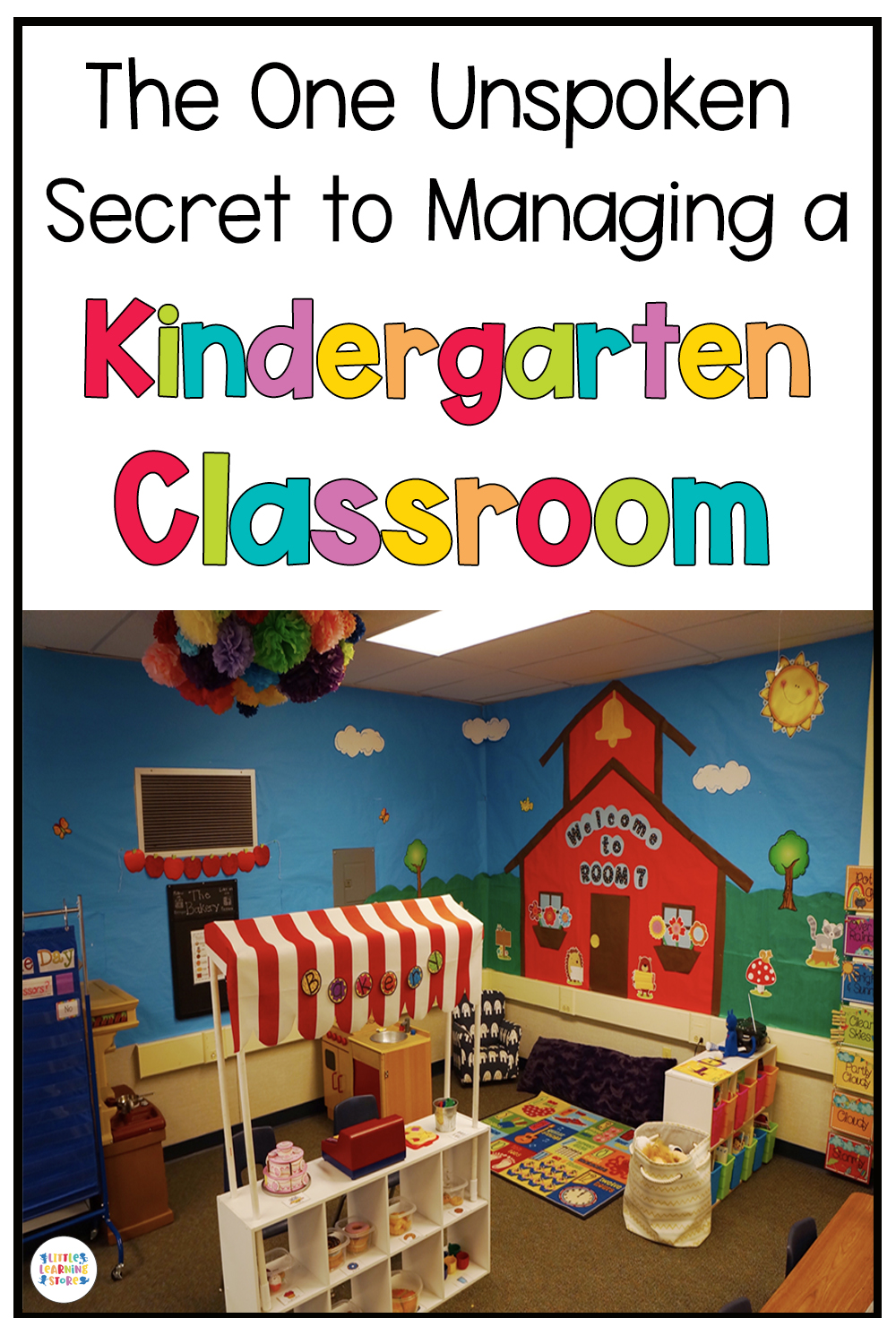
The Unspoken Secret to Managing a Kindergarten Classroom
The Secret Sauce to Managing a Kindergarten Classroom
The secret to managing a kindergarten class is simple, but powerful. It’s totally do-able, is research backed, and I have personally seen the transformative power of it myself in my own classroom (over and over again!) This secret sauce is the engine fuel that powers a strong classroom management system. The answer, you’re wondering? Positive reinforcement. Unfortunately, many people just assume that positive reinforcement is simply just praising kids every now and then when they do well. While there is verbal praising involved, positive reinforcement is more than just a compliment here and there. It’s about actively encouraging and reinforcing good behavior to create a positive classroom environment.
How it Works
Here’s how it works: instead of correcting students when they do something wrong, you should focus on praising and rewarding them when they do something right. For example, instead of saying to the students running in the hallway, “Stop running in the hallway!”, say “Great job walking in the hallway!” to the students that are walking and showing the appropriate behavior. This way, your students receive positive feedback for their good behavior, which reinforces that behavior and encourages them to continue it in the future (and it encourages those students who aren’t following the rules, to follow them because they want to be recognized in a positive way as well!)
Positive Reinforcement 101:
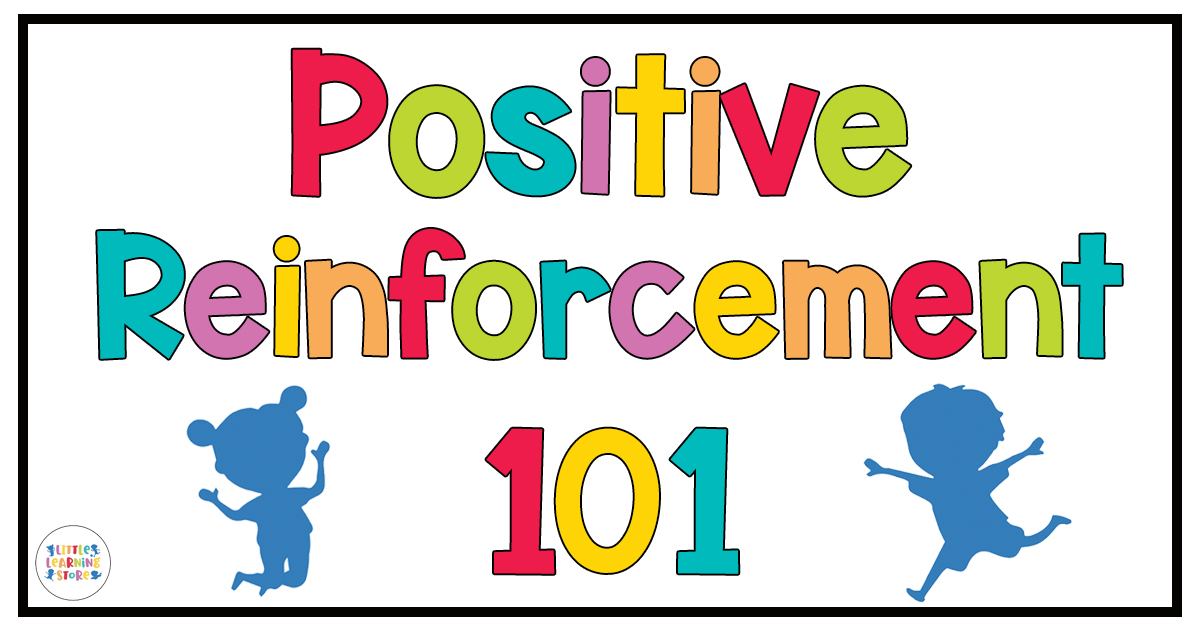
A great way to start using positive reinforcement is to create a rewards system. You can set up a chart or a sticker system to track good behavior and reward students when they show positive behavior. The rewards can be simple, like extra recess time or a special treat, but they can make a big impact on a student’s motivation to make good choices. You’ll just want to make sure that whatever reward you choose is important to that particular student or group of students.
Positive reinforcement is also important when dealing with conflicts. The big take away from positive reinforcement is redirecting your focus to the positive behavior you see, rather than the negative. When you see positive behavior, praise that student and make a big deal out of it. (This can be particularly powerful for those students with extra challenging behavior.)
Troubleshooting:
Now, you may be thinking, “What about when a child misbehaves?” Well, positive reinforcement still works in those situations too! For example, if a child is throwing toys, instead of saying “Don’t throw toys!”, say “Toys are for playing, let’s use them the right way.” You can then say “Please show me the correct way we play with that toy.” Or you can also physically show the student the proper way to play with the toy as well. This way, you are redirecting their behavior in a positive way.
Final Thoughts on Managing a Kindergarten Classroom
As simple as it sounds, positive reinforcement really is the unspoken secret to managing a kindergarten classroom. By actively encouraging and reinforcing good behavior, creating a rewards system, and using positive language, you can create a positive classroom environment that encourages good behavior and motivates your students to try their best. So, give it a try and watch your classroom thrive!

Want more on how to manage your kindergarten classroom?
Want to hear more about how to create a behavior plan that actually WORKS and transforms student behavior? Check out my post “The Ultimate Guide to Kindergarten Classroom Management.”

